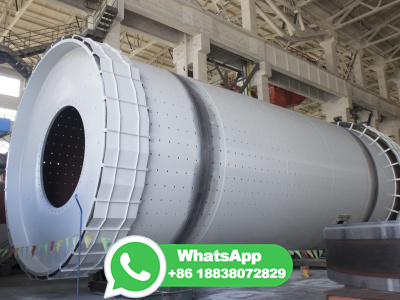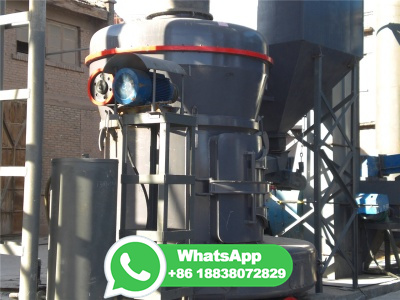: Fossil Fuels Formation and Mining Biology LibreTexts
Figure 2: Coal rankings depend on energy content, measured as gross calorific value (how much energy is released from combustion) and carbon content that can be burned (percentage of fixed carbon). Anthracitic coal (orange) is the highest quality coal, with high energy and carbon content.






























